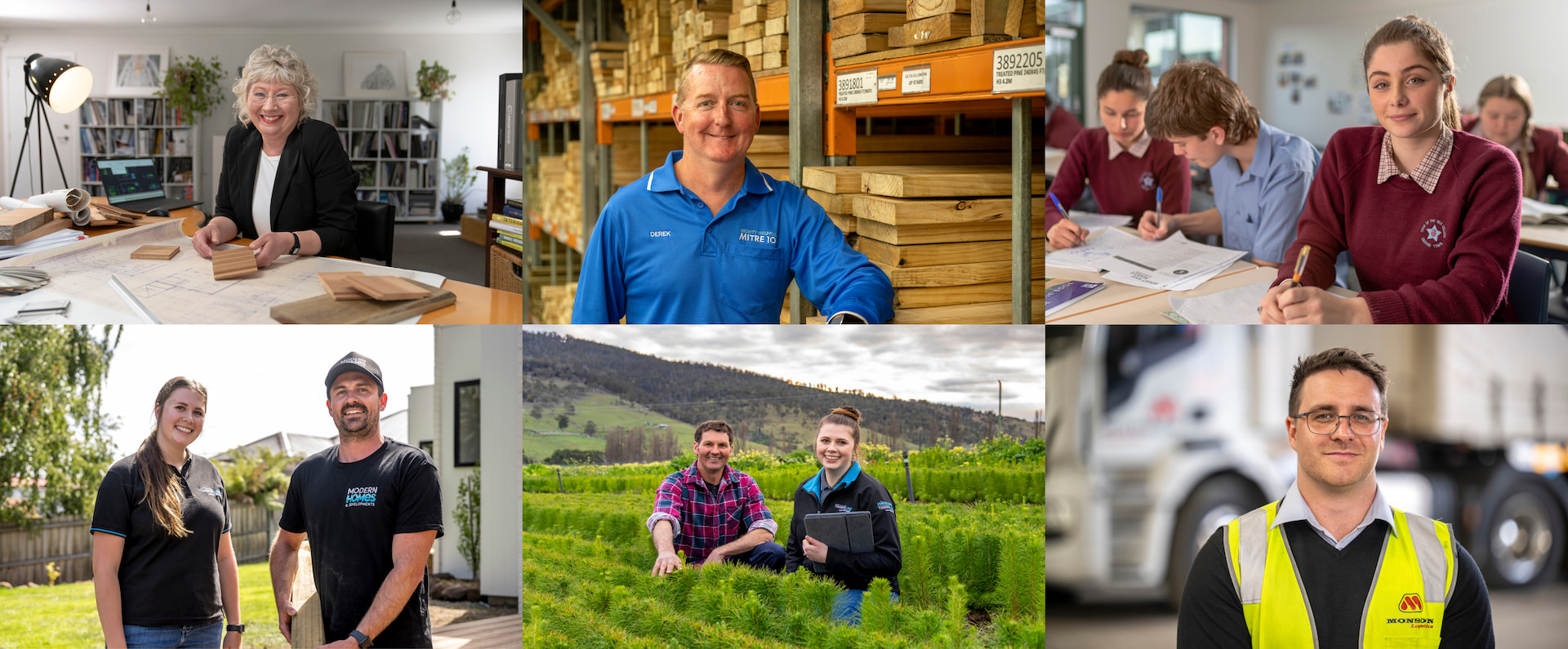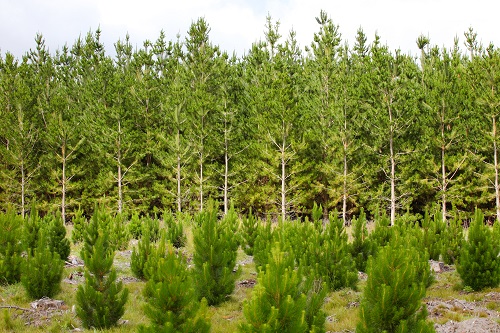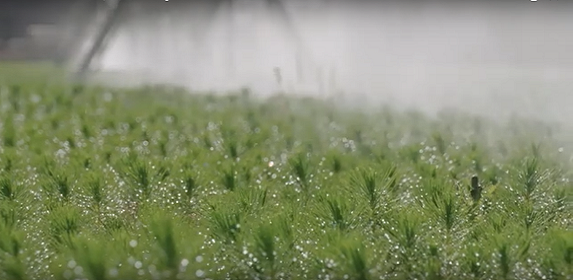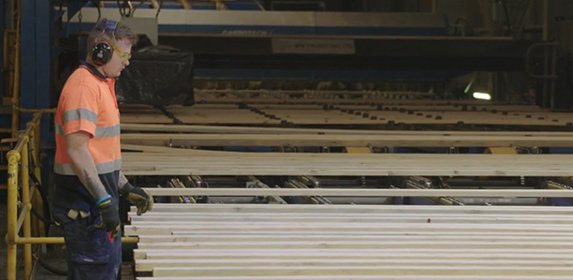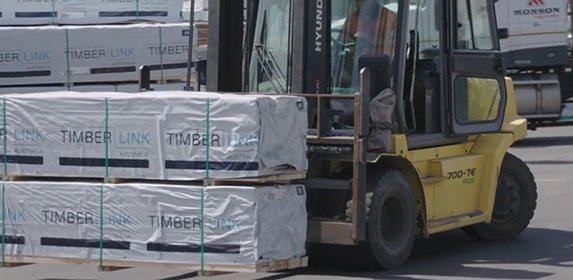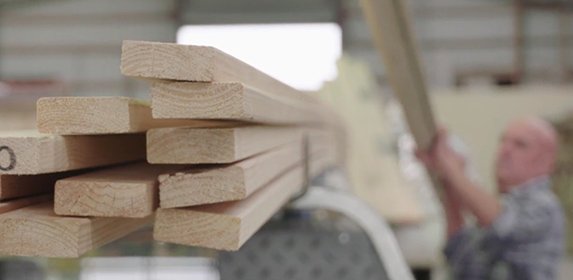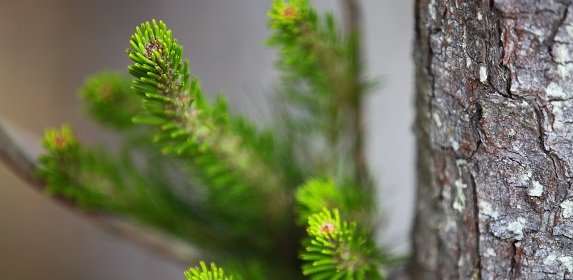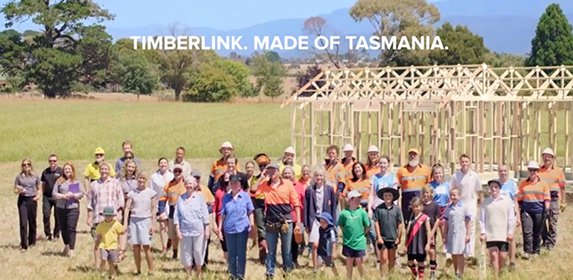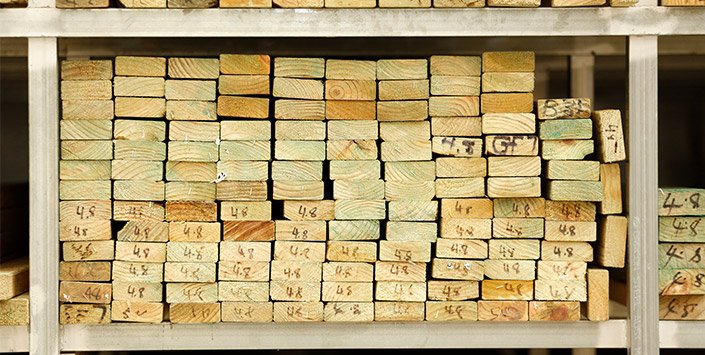As a manufacturer we do not sell direct to the public, but our products are stocked in timber yards across the State. Find your closest stockist of Timberlink timber here.
Every time you purchase a piece of Timberlink timber, you are helping to keep jobs local.
